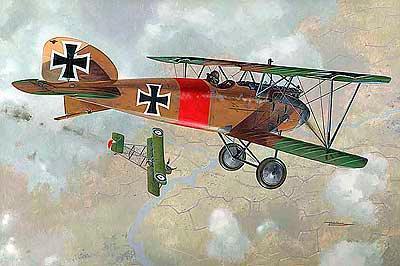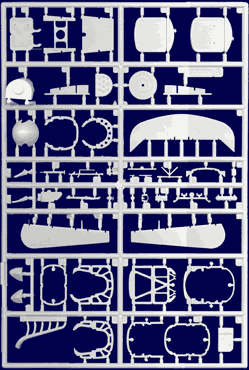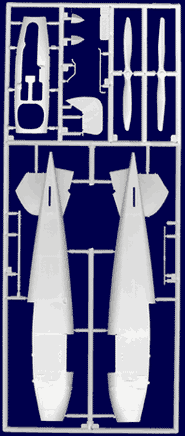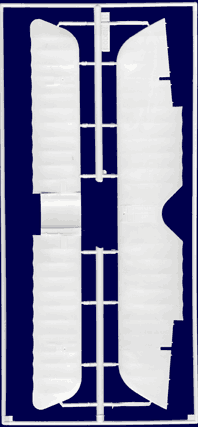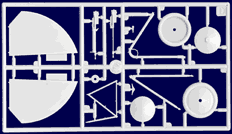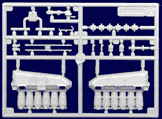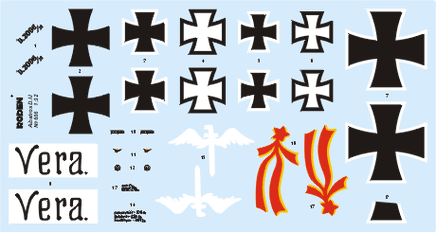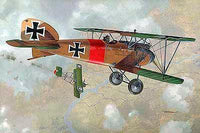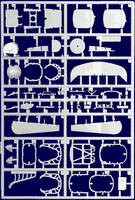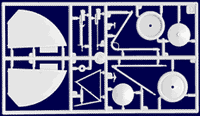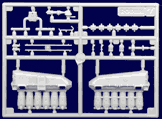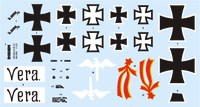Albatros D.III The Albatros D.I and Albatros D.II, introduced in 1916, were two of the best planes of their time. They had very good flying characteristics and were structurally strong. However, the pace of technical progress during this period was very quick, and soon the Allies had again taken the initiative, having come up with the outstanding Nieuport 11 Bébé. For a short time it drove the Fokker monoplanes from the sky, creating a new myth about the superior qualities of biplanes. The Nieuport 11 was not a standard biplane, but a sesquiplane: its bottom wing was much smaller in area and chord dimension than the top. It gave the plane increased maneuverability and improved the pilot's view from the cockpit. The dominant feature of aerial combat was the short distances between planes, so these two factors were of prime importance. Oswald Boelcke, the leading ace at that time and the 'father' of aerial tactics, made the greatest contribution to the official report which judged the new French development to be a serious threat to German aircraft.
Skip to product information

